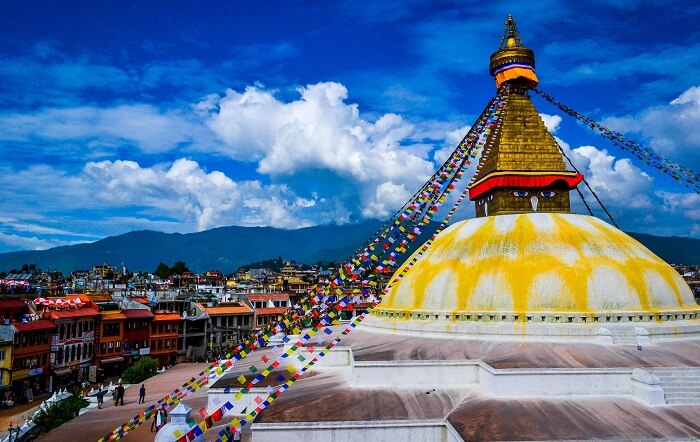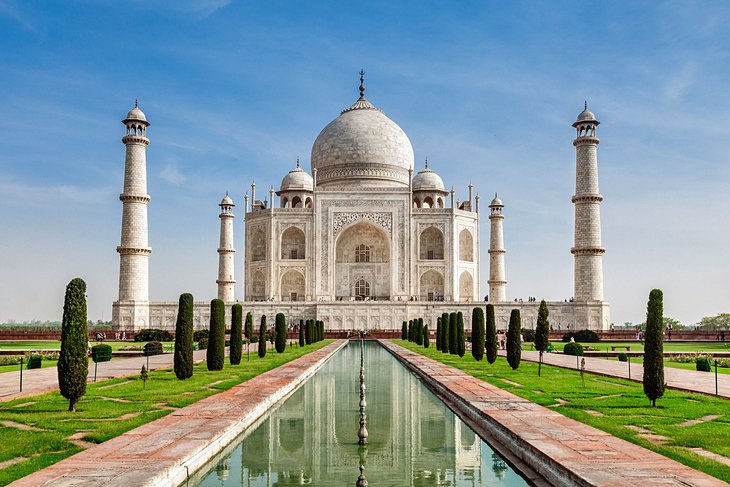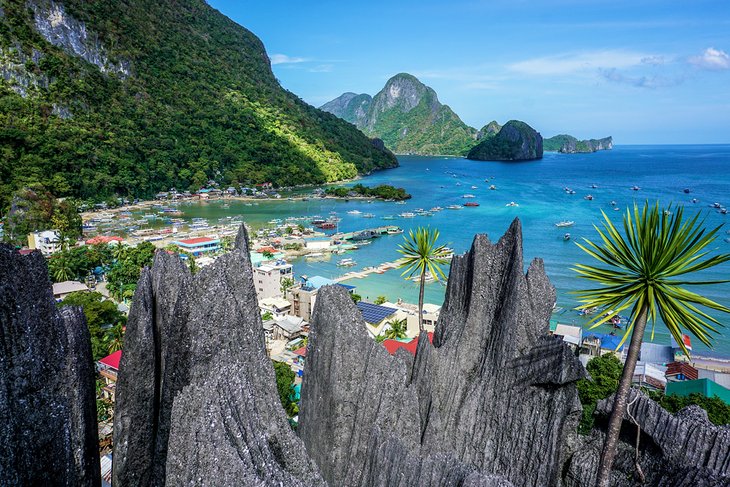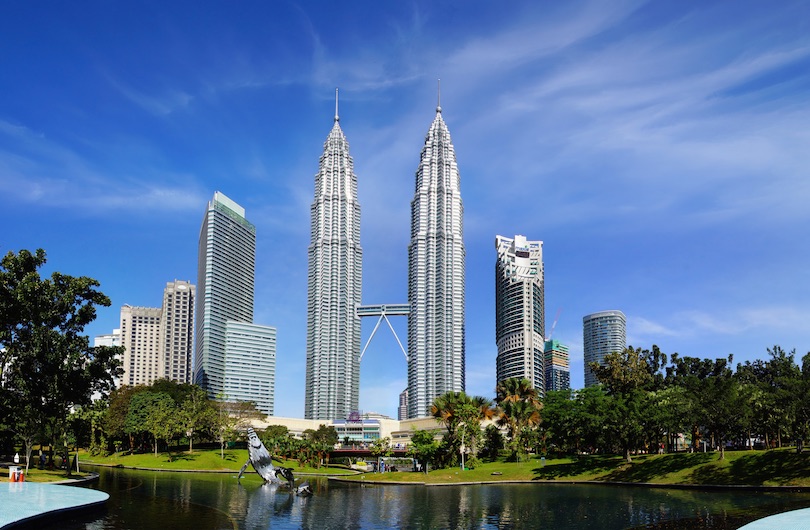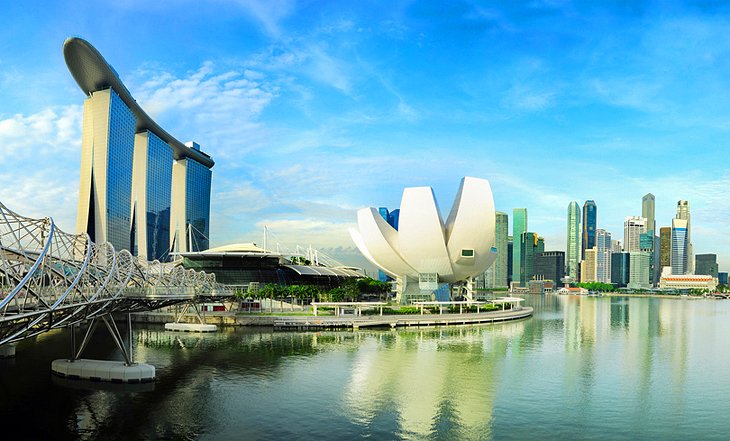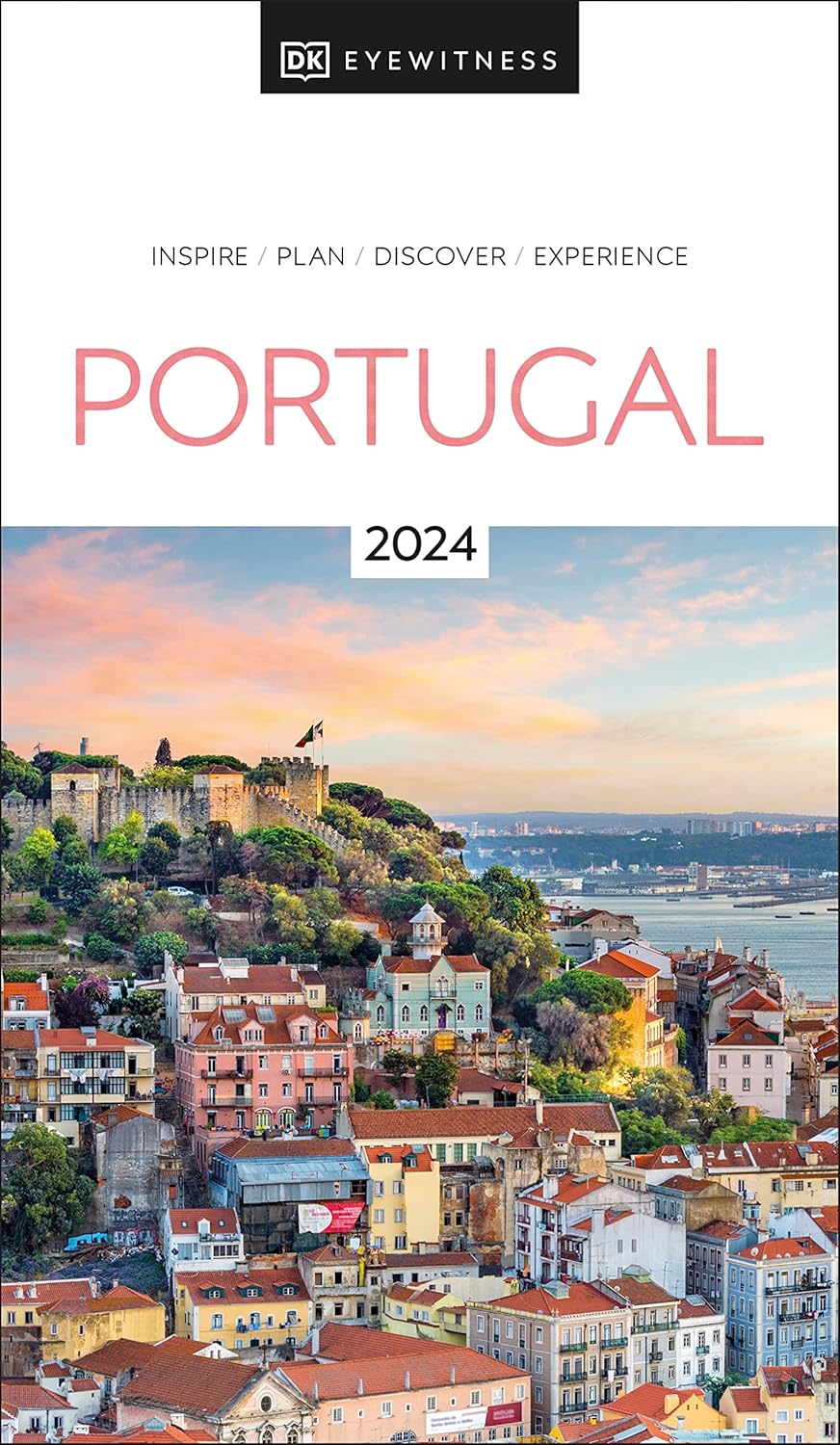
Portugal, a jewel nestled on the Iberian Peninsula, beckons with a captivating blend of sun-drenched beaches, dramatic coastlines, vibrant cities, and a history etched in the annals of exploration and resilience. From the echoes of its maritime empire to the soulful melodies of Fado, this enchanting nation offers an unforgettable journey for every traveler. This comprehensive guide will equip you with the knowledge to unlock the magic of Portugal, from its ancient past to its modern marvels.
A Chronicle of Discovery: Portugal’s Rich History
Portugal’s story is one of intrepid explorers, powerful kingdoms, and a legacy that has shaped the world. Its origins trace back to the Lusitanians, an ancient Celtic people who inhabited the region. The Romans arrived in the 2nd century BCE, leaving behind impressive infrastructure and cultural influences. Later, the Visigoths and Moors left their indelible marks, evident in the architecture and traditions of the south.
Related Articles about Portugal: A Tapestry of Sun, Sea, and Centuries of Stories:
- Egypt: A Journey Through Time, Wonder, and Unforgettable Experiences
- India: A Tapestry of Time, Taste, and Wonder – Your Comprehensive Travel Guide
- A Grand Tour of the United Kingdom: History, Haunts, and Hopping Delights
- Unveiling the Magic of Morocco: A Guide to the Top Things to Do
- Egypt: A Timeless Tapestry of Wonders – Unveiling the Best Tourist Attractions
The birth of Portugal as an independent nation is often attributed to the Battle of São Mamede in 1128, where Afonso Henriques, the first King of Portugal, asserted his dominion. The 15th and 16th centuries marked Portugal’s Golden Age, the Age of Discovery. Driven by a thirst for trade routes and new lands, Portuguese navigators like Vasco da Gama, Ferdinand Magellan (though sailing for Spain), and Bartolomeu Dias charted unknown waters, establishing vast colonial empires in Africa, Asia, and the Americas. This era brought immense wealth and cultural exchange, but also the complexities of colonialism.
The Napoleonic Wars in the early 19th century saw the Portuguese royal family flee to Brazil, a significant shift in power. The 20th century was marked by political upheaval, including a republican revolution in 1910 and a long period of authoritarian rule under António de Oliveira Salazar’s Estado Novo. Democracy was restored in 1974 with the Carnation Revolution, a peaceful uprising that ushered in a new era for the nation. Today, Portugal is a proud member of the European Union, embracing its past while looking towards a bright future.
Unveiling the Treasures: Main Attractions
Portugal’s allure lies in its diverse landscapes and captivating attractions, catering to every interest:
1. Lisbon: The City of Seven Hills
Portugal’s charismatic capital, Lisbon, is a vibrant metropolis perched on the Atlantic. Its historic neighborhoods, like Alfama, with its labyrinthine alleys and Fado houses, transport you back in time. Don’t miss the iconic Belém Tower and Jerónimos Monastery, UNESCO World Heritage sites that stand as testaments to Portugal’s Age of Discovery. Ascend to São Jorge Castle for panoramic city views, and hop on Tram 28 for a charming journey through the city’s hilly streets. Explore the trendy Bairro Alto for its buzzing nightlife and the artistic LX Factory, a repurposed industrial complex brimming with boutiques, galleries, and restaurants.
2. Porto: The Ribeira Charm and Port Wine Capital
Nestled on the banks of the Douro River, Porto exudes a captivating charm. Its UNESCO-listed Ribeira district is a kaleidoscope of colorful buildings, bustling cafes, and ancient warehouses. Embark on a Douro River cruise to witness the breathtaking terraced vineyards that produce the world-renowned Port wine. Visit a Port wine cellar in Vila Nova de Gaia for a guided tour and tasting. Admire the intricate tilework of the São Bento train station and climb the Clérigos Tower for stunning city vistas. The Livraria Lello, a stunning bookstore that inspired J.K. Rowling, is another must-visit.
3. Algarve: Sun-Kissed Beaches and Dramatic Cliffs
The Algarve, Portugal’s southernmost region, is synonymous with idyllic beaches, golden sands, and dramatic limestone cliffs. Explore the charming fishing towns of Lagos, Albufeira, and Tavira, each offering its unique character. Discover hidden coves like Praia da Marinha and the breathtaking sea caves of Benagil. For adventure seekers, surfing and water sports are abundant. The westernmost point, Sagres, offers rugged beauty and historical significance.
4. Sintra: A Fairytale Realm of Palaces and Castles
Just a short train ride from Lisbon, Sintra is a magical town straight out of a fairytale. Dominated by lush hills and mist, it boasts a collection of enchanting palaces and castles. The vibrant Pena Palace, perched atop a hill, is a riot of colors and architectural styles. Explore the mysterious Quinta da Regaleira with its initiation well and hidden tunnels, and wander through the romantic ruins of the Moorish Castle. The National Palace of Sintra, with its distinctive twin chimneys, is another architectural marvel.
5. Coimbra: The Ancient University City
Home to one of the oldest universities in Europe, Coimbra resonates with intellectual history and vibrant student life. The University of Coimbra, a UNESCO World Heritage site, boasts the magnificent Joanina Library, a Baroque masterpiece. Explore the historic center with its charming streets, the Old Cathedral (Sé Velha), and the Santa Cruz Monastery. The soulful melodies of Fado, originating from Coimbra, are a must-experience here.
6. Évora: Alentejo’s Timeless Beauty
Located in the heart of the Alentejo region, Évora is a UNESCO World Heritage city that transports you to another era. Its well-preserved Roman Temple, the eerie Chapel of Bones, and the imposing Cathedral are highlights. The surrounding Alentejo region is known for its rolling plains, cork oak forests, and delicious wines, offering a slower pace of life and authentic rural experiences.
7. Douro Valley: Vineyards and Scenic Vistas
Beyond Porto, the Douro Valley unfolds as a UNESCO World Heritage landscape of unparalleled beauty. This is where the grapes for Port wine are grown, with vineyards clinging precariously to steep hillsides. Take a scenic train ride or a boat trip along the river to fully appreciate the breathtaking panoramas. Visit traditional Quintas (wine estates) for tastings and learn about the winemaking process.
Navigating the Seas: Travel Tips for Portugal
To make your Portuguese adventure seamless and enjoyable, consider these essential travel tips:
- Currency: The currency is the Euro (€). Credit and debit cards are widely accepted, but it’s wise to carry some cash for smaller establishments and markets.
- Language: The official language is Portuguese. While many people in tourist areas speak English, learning a few basic Portuguese phrases will be greatly appreciated. "Olá" (hello), "Obrigado/Obrigada" (thank you – male/female), and "Por favor" (please) are a good start.
- Tipping: Tipping is not mandatory but is appreciated for good service. In restaurants, rounding up the bill or leaving 5-10% is common.
- Electricity: The voltage is 230V, and plugs are Type F (two round pins). You’ll likely need an adapter if you’re coming from outside Europe.
- Safety: Portugal is a generally safe country. However, like any tourist destination, be aware of pickpockets in crowded areas, especially in Lisbon and Porto.
- Respectful Travel: Be mindful of local customs and traditions. Dress modestly when visiting churches and religious sites.
- Book in Advance: Especially during peak season, book accommodations, popular tours, and train tickets in advance to secure your spots.
- Embrace the Pace: Portugal has a more relaxed pace of life than some other European countries. Don’t rush; savor the moments.
The Golden Hours: Best Time to Visit Portugal
Portugal offers pleasant weather for most of the year, making it a year-round destination. However, the shoulder seasons are often considered ideal:
- Spring (April to June): This is a fantastic time to visit, with blooming wildflowers, pleasant temperatures, and fewer crowds. The Algarve is perfect for early beach visits, and cities are alive with outdoor activities.
- Autumn (September to October): Another excellent period, with warm temperatures, beautiful autumn colors, and the grape harvest in the Douro Valley. The sea is still warm enough for swimming in the Algarve.
- Summer (July to August): This is the peak tourist season, with hot and sunny weather, especially in the south. Expect larger crowds and higher prices. It’s ideal for beach holidays and water sports.
- Winter (November to March): While cooler and wetter, winter offers a more tranquil experience with lower prices and fewer tourists. Lisbon and Porto are still vibrant, and the Algarve offers mild temperatures for exploring.
Finding Your Haven: Nearby Hotels
Portugal offers a vast array of accommodation options, from luxurious beachfront resorts to charming boutique hotels and budget-friendly hostels. Here are some general recommendations for different regions:
Lisbon:
- Luxury: Four Seasons Hotel Ritz Lisbon, The Vintage Hotel & Spa Lisbon
- Mid-Range: Hotel Mundial, Inspira Santa Marta Hotel
- Budget: Lisbon Destination Hostel, Home Lisbon Hostel
Porto:
- Luxury: The Yeatman, InterContinental Porto – Palácio das Cardosas
- Mid-Range: Pestana Vintage Porto Hotel & World Heritage Site, PortoBay Teatro
- Budget: The Passenger Hostel, Gallery Hostel
Algarve:
- Luxury: Pine Cliffs Hotel, a Luxury Collection Resort, Vale do Lobo
- Mid-Range: Jupiter Albufeira Hotel, Tivoli Carvoeiro
- Budget: Many guesthouses and apartments are available in towns like Lagos and Albufeira.
Sintra:
- Luxury: Penha Longa Resort, A Ritz-Carlton Hotel
- Mid-Range: Sintra Boutique Hotel, Vila Gale Sintra
- Budget: Hostels and charming guesthouses are common.
Coimbra:
- Mid-Range: Hotel Dona Inês, Vila Galé Coimbra
- Budget: Many affordable guesthouses and hostels cater to students.
Évora:
- Mid-Range: M’Ar De Ar Muralhas, Pousada Convento de Évora
- Budget: Guesthouses in the historic center are plentiful.
A Feast for the Senses: Local Food
Portuguese cuisine is a delicious reflection of its history and geography, heavily influenced by the sea and its colonial past. Prepare your taste buds for an unforgettable culinary journey:
- Bacalhau: "The 1001 ways to cook cod." This is the national dish, prepared in countless variations, from Bacalhau à Brás (shredded cod with potatoes and eggs) to Bacalhau com Natas (cod with cream).
- Sardinhas Assadas: Grilled sardines, especially popular during the summer months and the Festas de Santo António in Lisbon.
- Arroz de Marisco: A flavorful seafood rice, brimming with shrimp, clams, mussels, and sometimes lobster.
- Cataplana de Marisco: A hearty seafood stew cooked in a distinctive clam-shaped copper pot, offering an explosion of flavors.
- Francesinha: A hearty sandwich from Porto, layered with different meats, covered in melted cheese, and drenched in a rich beer-based sauce. Not for the faint of heart!
- Pastel de Nata: The iconic Portuguese custard tart. These sweet, flaky pastries with a caramelized top are an absolute must-try. Best enjoyed warm with a sprinkle of cinnamon.
- Ginjinha: A sweet cherry liqueur, often served in a chocolate cup, a popular drink in Lisbon.
- Vinho Verde: A "green wine" from the Minho region, known for its light, crisp, and slightly effervescent character.
- Port Wine: The fortified wine from the Douro Valley, available in various styles (ruby, tawny, vintage).
- Queijo da Serra: A creamy, semi-soft sheep’s cheese from the Serra da Estrela region, perfect for spreading on bread.
On the Move: Transportation Options
Portugal offers a well-developed transportation network, making it easy to explore the country:
- By Air: The main international airports are in Lisbon (LIS) and Porto (OPO). Faro (FAO) serves the Algarve. Domestic flights connect major cities but are often less efficient than trains for shorter distances.
- By Train: The national railway company, CP (Comboios de Portugal), operates an extensive network connecting most major cities and towns. High-speed Alfa Pendular trains are efficient for long distances, while Intercidades trains are comfortable for inter-city travel. Regional trains are ideal for exploring smaller towns.
- By Bus: Rede Expressos is the primary long-distance bus company, offering a comprehensive network that reaches even more remote areas than the trains. Buses are generally comfortable and a good alternative to trains for some routes.
- By Car: Renting a car offers the most flexibility, especially for exploring the countryside, the Algarve, and the Douro Valley at your own pace. Major car rental companies are available at airports and in cities. Be aware of tolls on highways.
- Within Cities:
- Lisbon: The Metro is efficient for getting around. Trams (especially the iconic Tram 28), buses, and funiculars are also popular. Ride-sharing services and taxis are readily available.
- Porto: The Metro covers the city and surrounding areas. Trams are more tourist-oriented, and buses are extensive. Taxis and ride-sharing services are also common.
- Other Cities: Most historic city centers are best explored on foot. Local buses and taxis are usually available.
Portugal is a land of captivating contrasts, where ancient history intertwines with a vibrant modern culture. From the melancholic beauty of Fado to the warmth of its people and the stunning landscapes that stretch from the Douro to the Algarve, this Iberian gem promises an unforgettable journey. Pack your bags, open your heart, and prepare to be enchanted by the timeless allure of Portugal.



